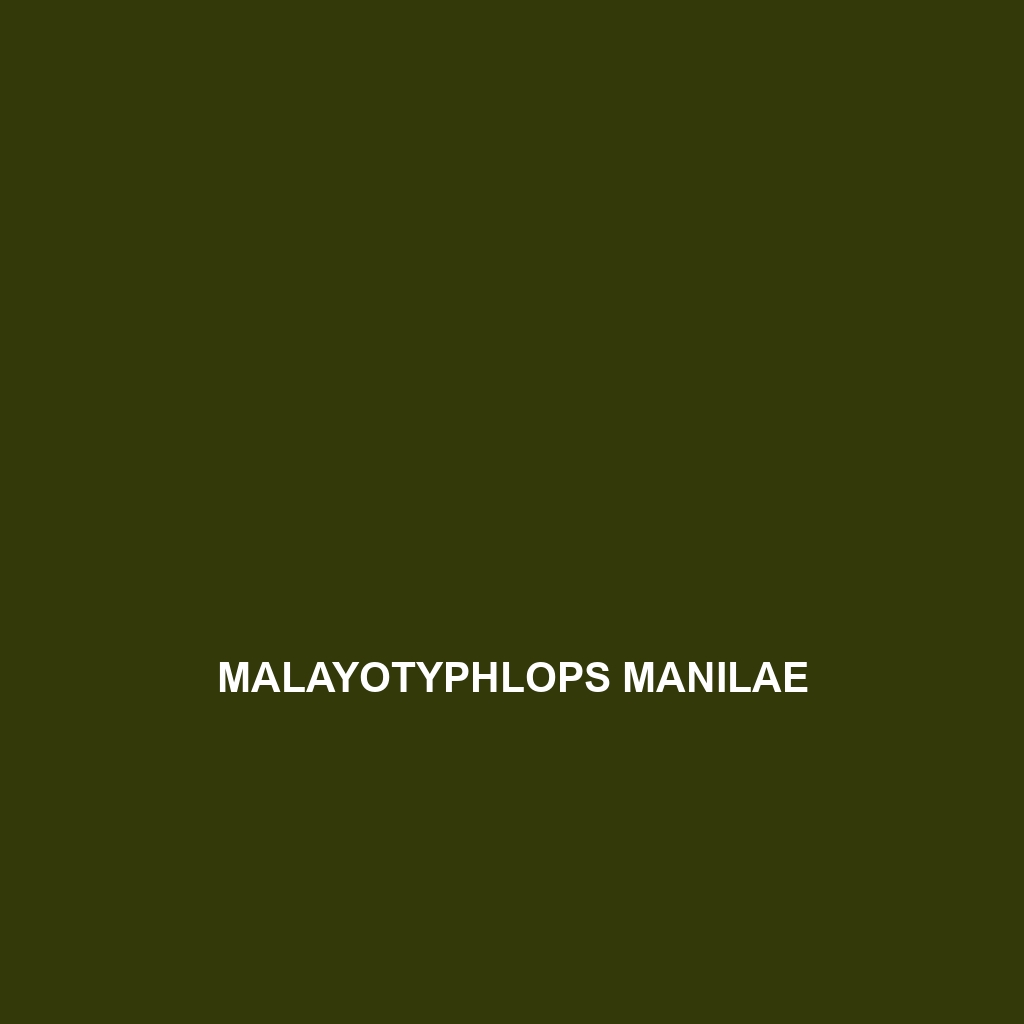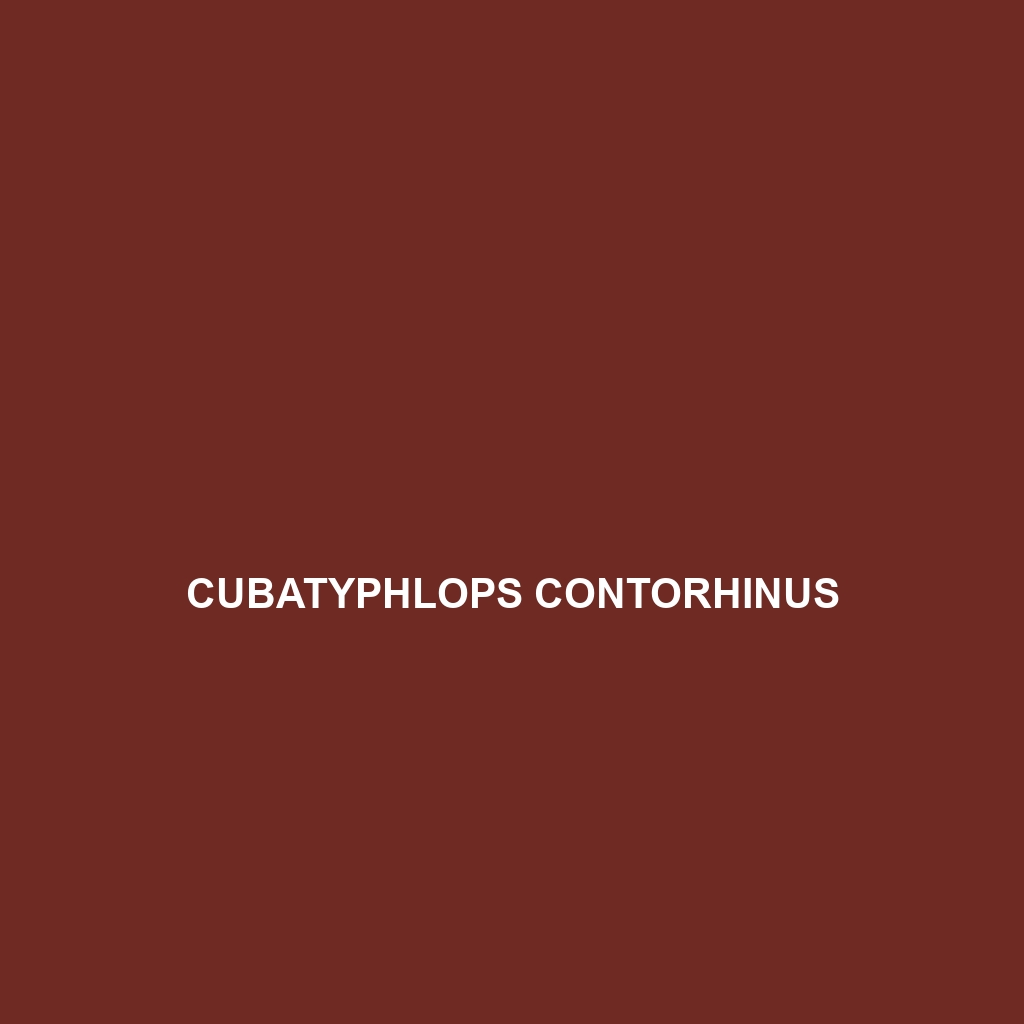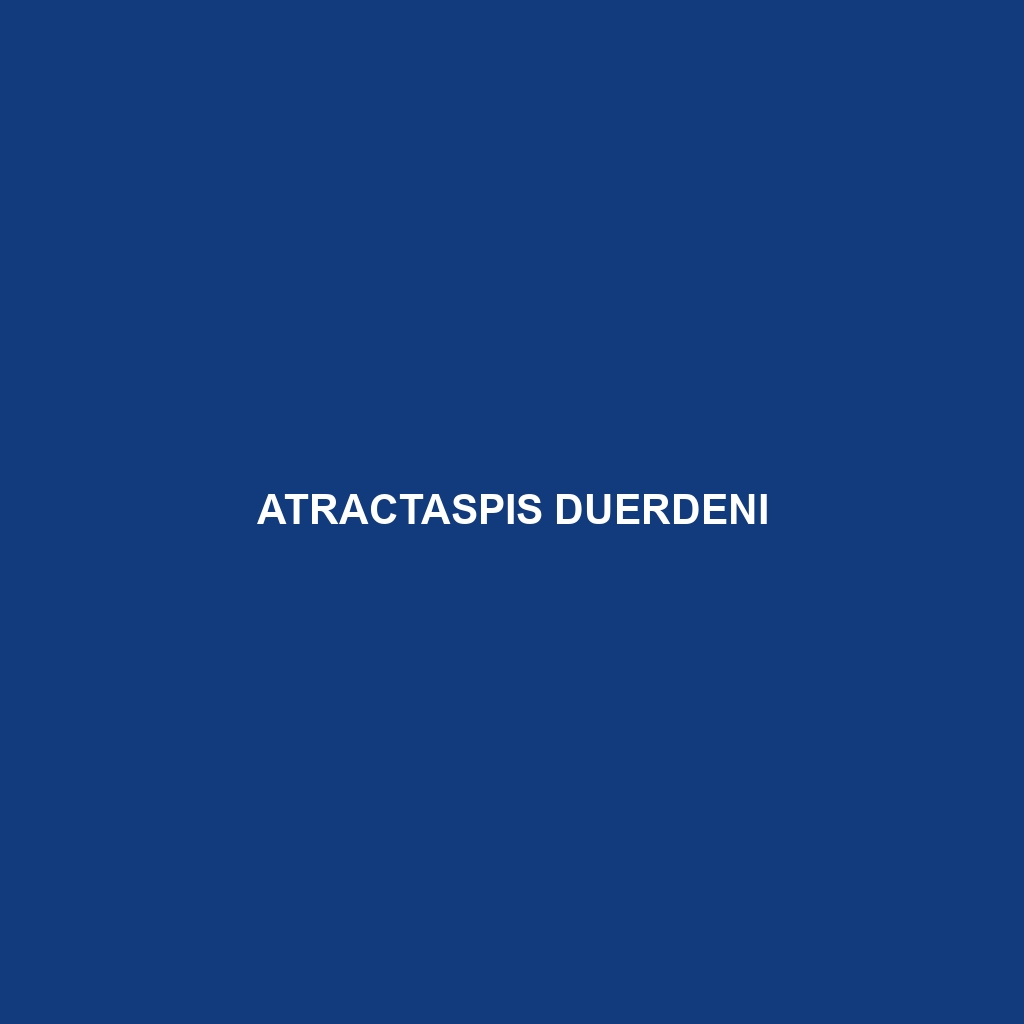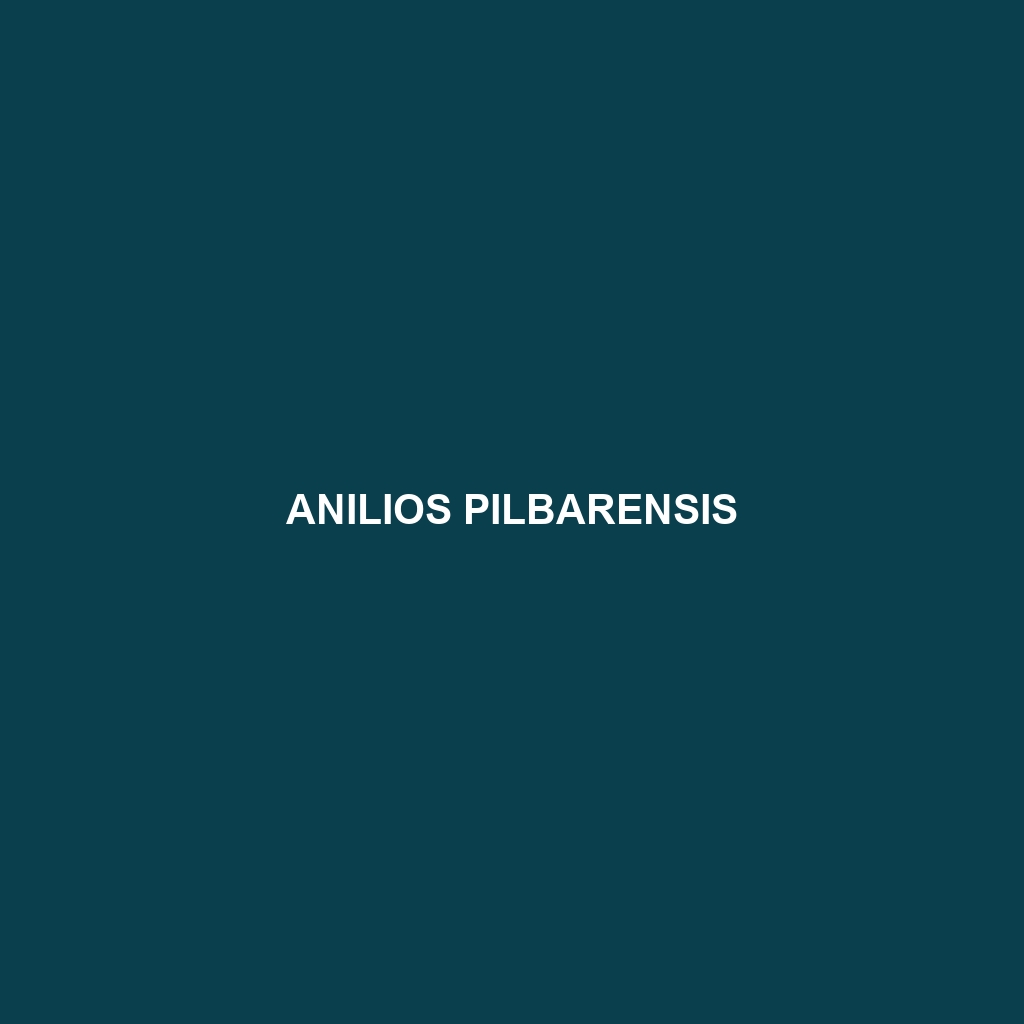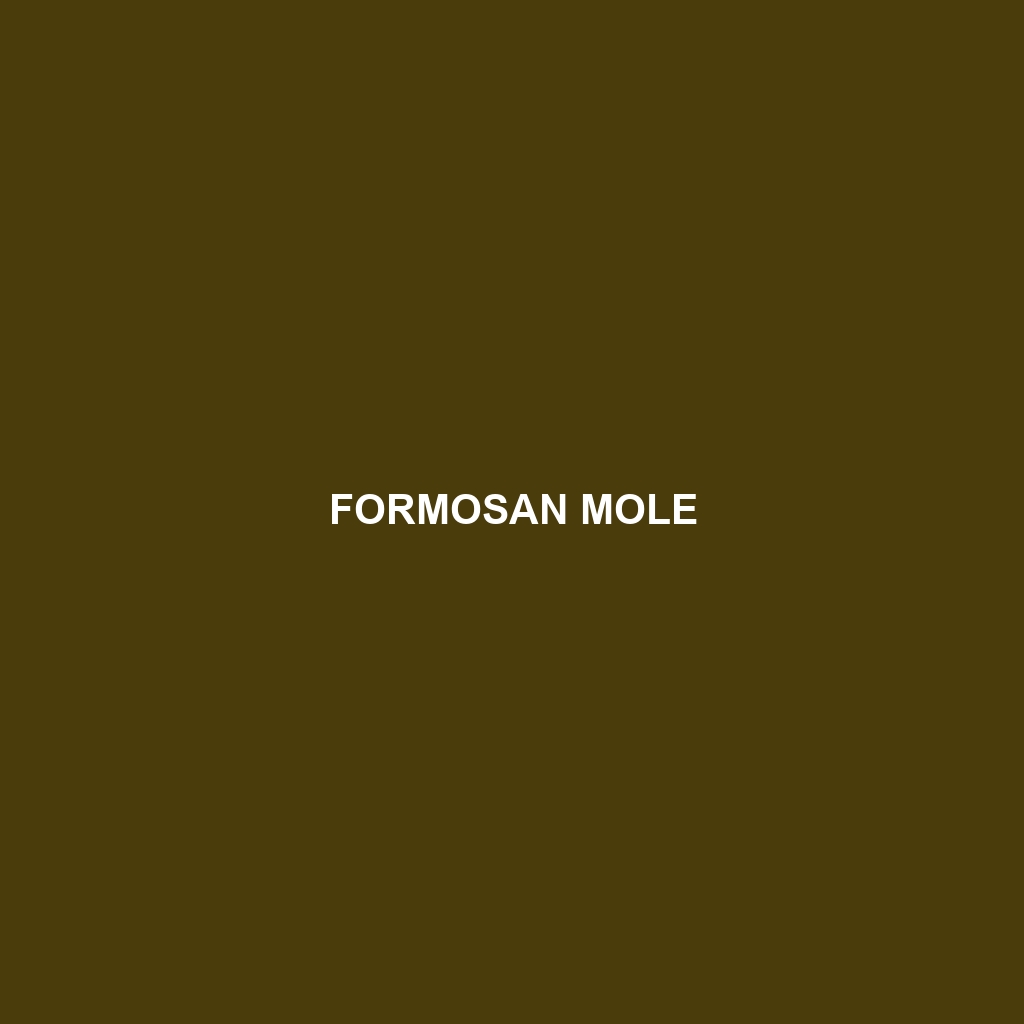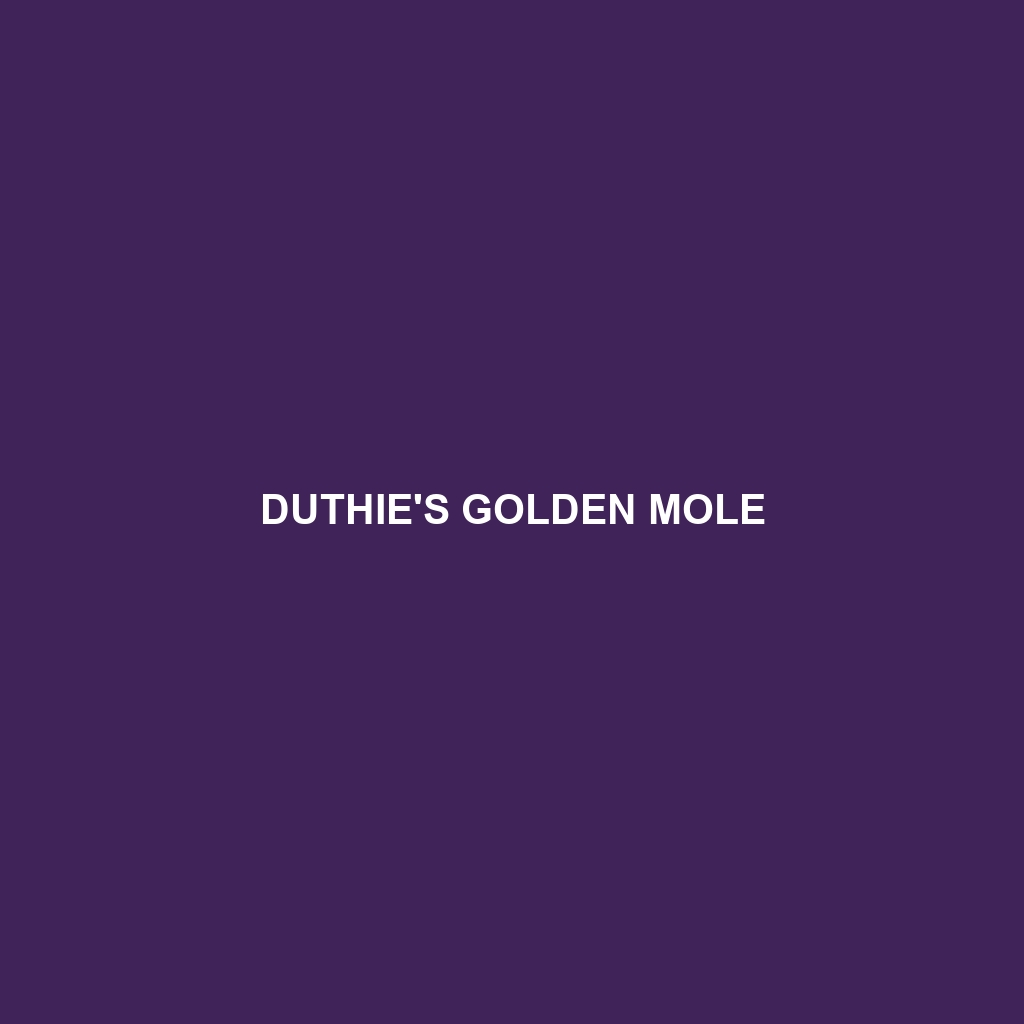Introducing the Monopeltis decosteri, a medium-sized legless skink native to the dry forests and savannas of southern Africa. This nocturnal insectivore thrives in sandy terrains, and its smooth, shiny body provides excellent camouflage in its habitat.
Tag: burrowing adaptations
Malayotyphlops manilae
Discover the unique Malayotyphlops manilae, or Manila worm snake, a small, eyeless species thriving in the humid tropical habitats of Southeast Asia, specifically on Luzon Island in the Philippines. This instinctive, nocturnal insectivore plays a vital role in its ecosystem by regulating insect populations and aerating the soil through its burrowing activities.
Lerista onsloviana
Discover the Lerista onsloviana, also known as the Onsloviana skink, a small, elongated skink native to the dry, sandy habitats of eastern and southern Australia, characterized by its smooth, glossy appearance and remarkable burrowing abilities. As a diurnal insectivore, this species plays a crucial role in regulating insect populations while showcasing intriguing social behaviors during mating season.
Indotyphlops jerdoni
Discover the Jerdon's worm snake (Indotyphlops jerdoni), a small, burrowing species found in temperate forests and savannas of continental India, known for its unique adaptations, including vestigial eyes and a predominantly insectivorous diet. This nocturnal creature plays a crucial role in its ecosystem by regulating soil-dwelling insect populations and aerating the soil through its burrowing behavior.
Epictia signata
<p><b>Epictia signata</b>, or the marked snake, is a slender, nocturnal insectivore native to the tropical and subtropical regions of Central and South America, known for its distinct coloration and burrowing behavior. This species plays a vital role in controlling insect populations while thriving in diverse habitats including rainforests and moist savannas.</p>
Cubatyphlops contorhinus
Discover the unique Cubatyphlops contorhinus, or Cuban blind snake, a slender fossorial species native to the Caribbean’s grasslands, characterized by its light brown coloration, smooth scales, and diet of subterranean invertebrates. With a vulnerable conservation status due to habitat loss, this fascinating snake plays a critical role in soil aeration and nutrient cycling.
Anilios pilbarensis
Discover the Anilios pilbarensis, a slender, non-venomous snake from the Pilbara region of Western Australia, known for its unique burrowing abilities and nocturnal behavior. This species plays a vital role in the ecosystem by controlling invertebrate populations and aerating the soil, while its distinct camouflage aids in avoiding predators.
Formosan Mole
Discover the fascinating world of the Formosan Mole (*Talpa stankovici*), a unique subterranean dweller native to Taiwan's forested and mountainous regions. With its exceptional digging abilities, this nocturnal creature plays a vital role in soil health and ecosystem balance while facing threats from habitat loss. Learn about its distinctive physical traits, solitary behavior, and the importance of conservation efforts to protect this vulnerable species.
Duthie’s Golden Mole
Discover the elusive Duthie's Golden Mole (Chrysochloris duthieae), a subterranean marvel of Southern Africa known for its striking iridescent fur and exceptional burrowing prowess. This small yet vital mammal aerates soil and controls insect populations, underscoring its crucial role in maintaining healthy ecosystems. Join us as we delve into the fascinating adaptations, behaviors, and conservation challenges facing this remarkable creature.

